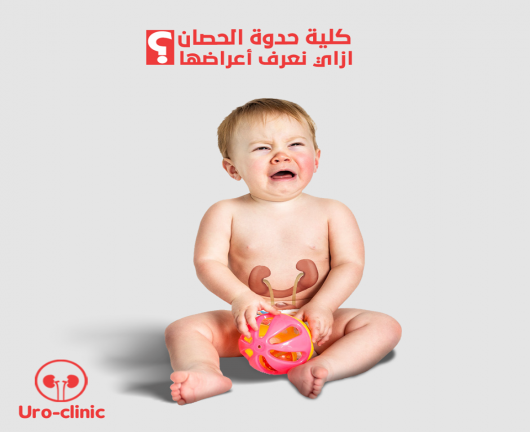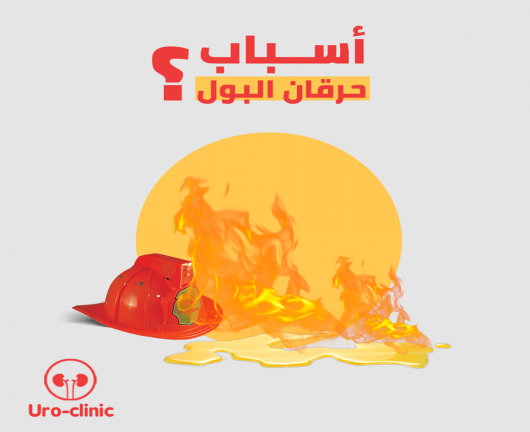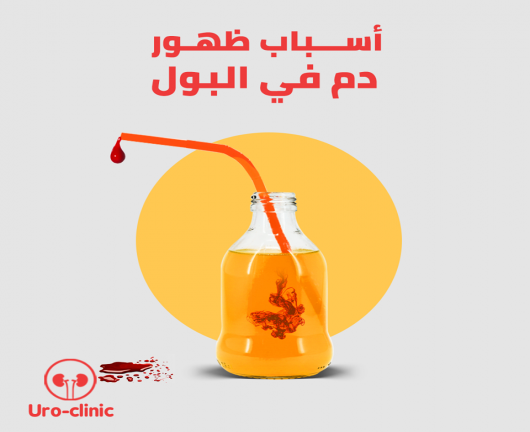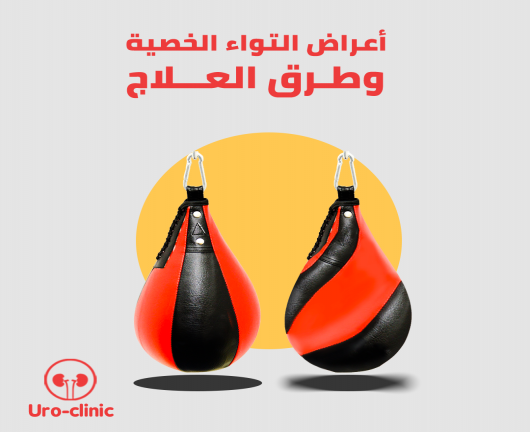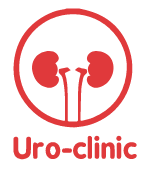The peripheral kidney or horseshoe kidney appears in one in every 500 children and occurs during fetal development at the time the kidney has moved to its natural place.
The kidneys are then welded together and shaped like a "U".
The peripheral kidney does not cause any symptoms in about a third of the cases, but it is possible for many children to suffer from some problems that have symptoms such as:
Urinary tract infection and its symptoms:
(Fever - bad smell of urine - frequent urination - pain when urinating)
Urinary stones include:
(Severe pain in the back or lower abdomen - nausea and vomiting - blood-colored urine)
Renal edema and its symptoms:
(Abdominal mass - insufficient weight gain - less urination than normal - urinary tract infections frequently)
If the child suffers from any of the above symptoms
We will require some tests and x-rays to confirm the diagnosis, such as:
🔸 Ultrasound imaging of the college.
🔸 imaging the bladder and urethra in a way back.
🔸 venous pyelogram.
الدموية blood tests.
Urine examination.
For horseshoe treatment:
Currently it does not have a specific treatment, but we can treat the symptoms if they are bothersome to the child, and it may not be necessary if the child does not have any symptoms.
Its place is mostly below the place where the natural kidney is located and closer to the abdominal wall and this makes it more prone to bruises.
Therefore, children with it must avoid violent or combat sports, and we can also use prophylactic antibiotics to avoid urinary infections.
